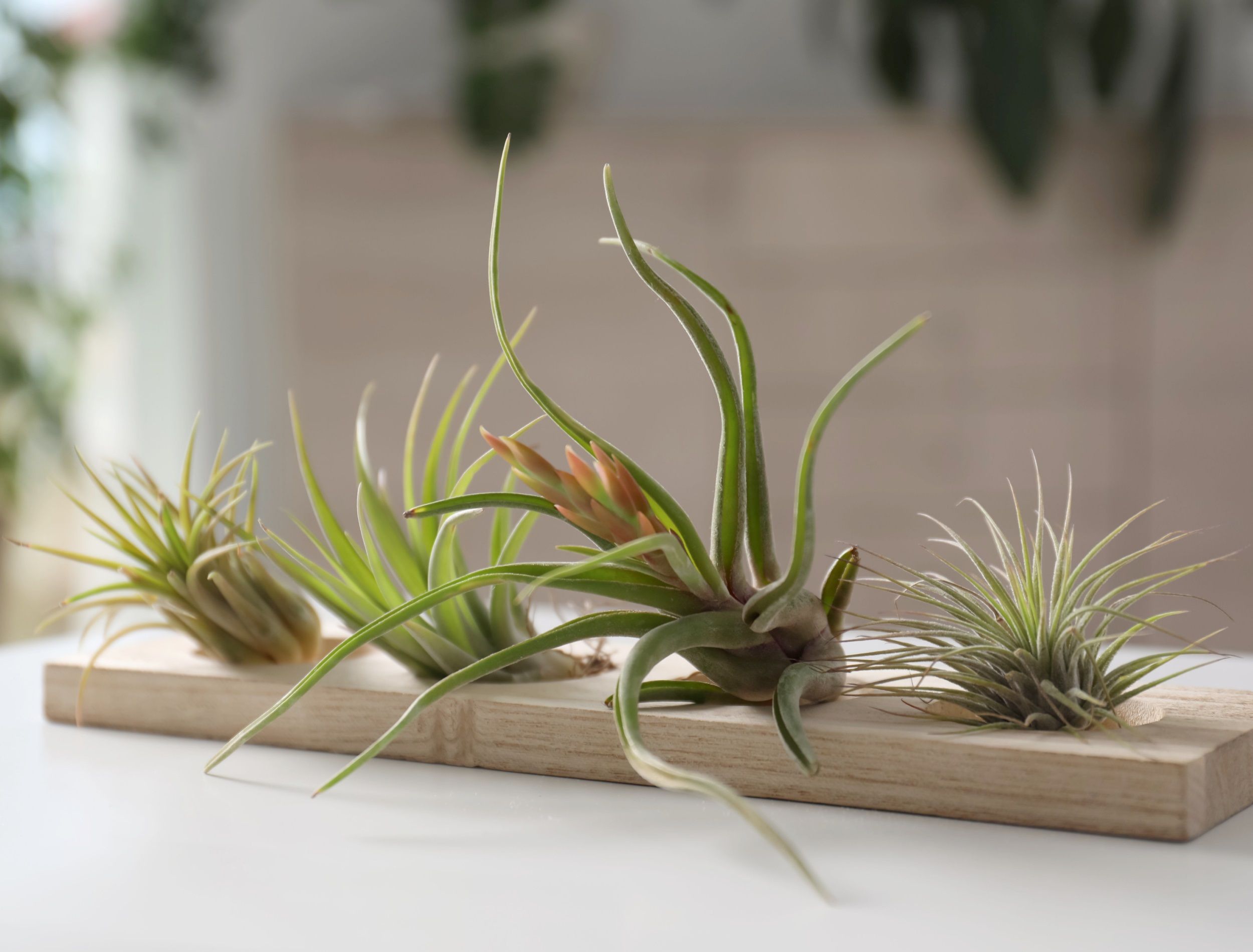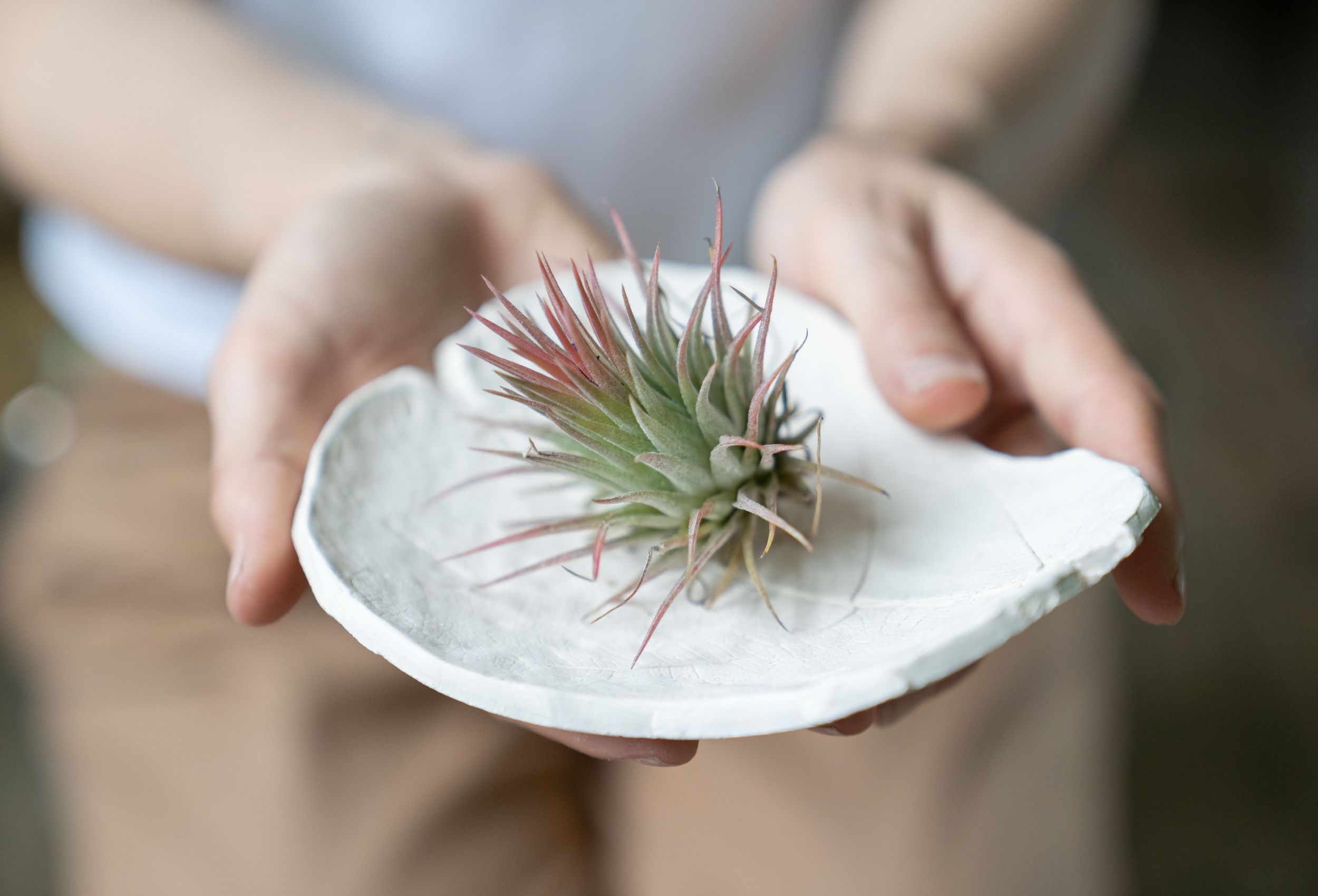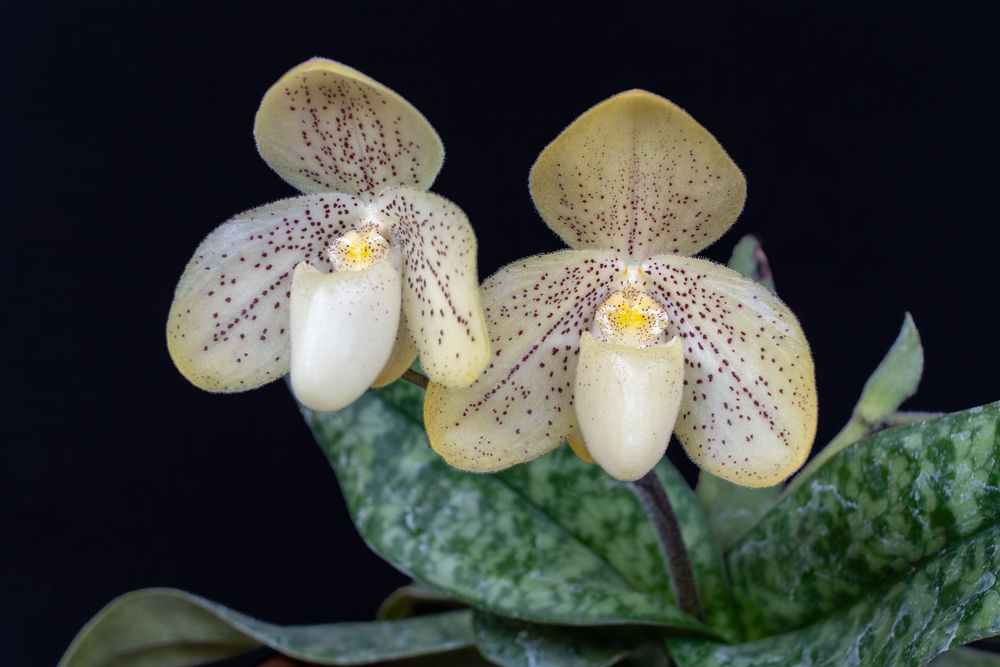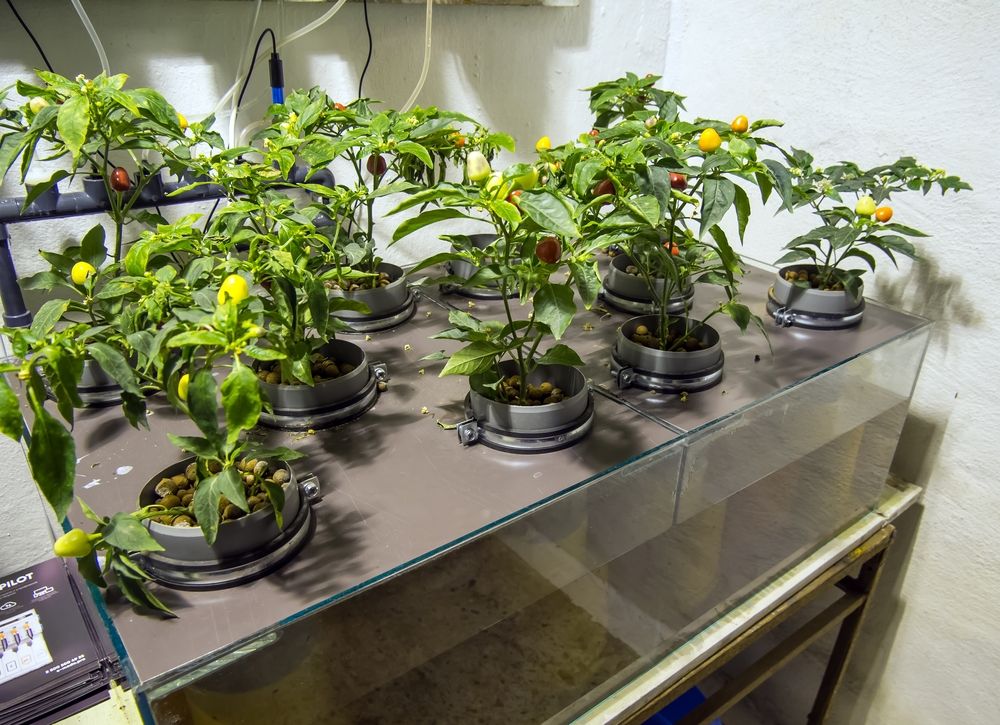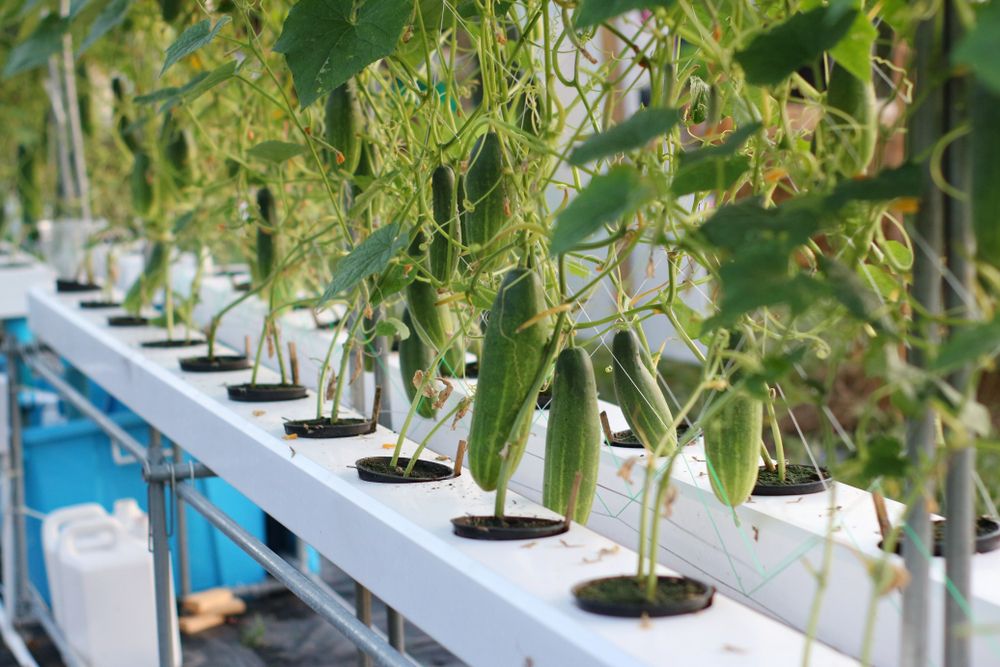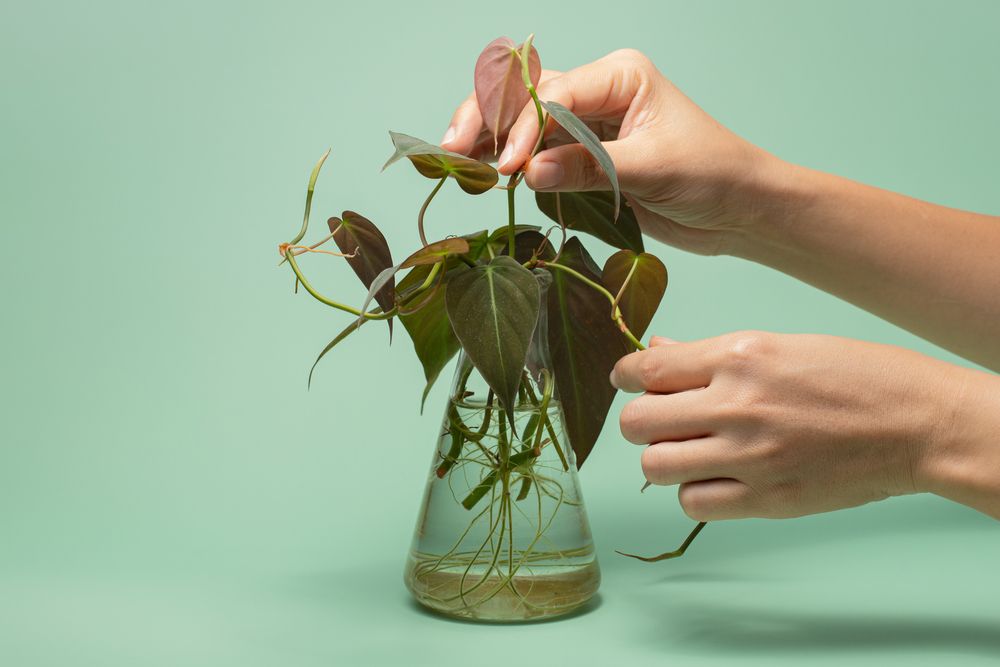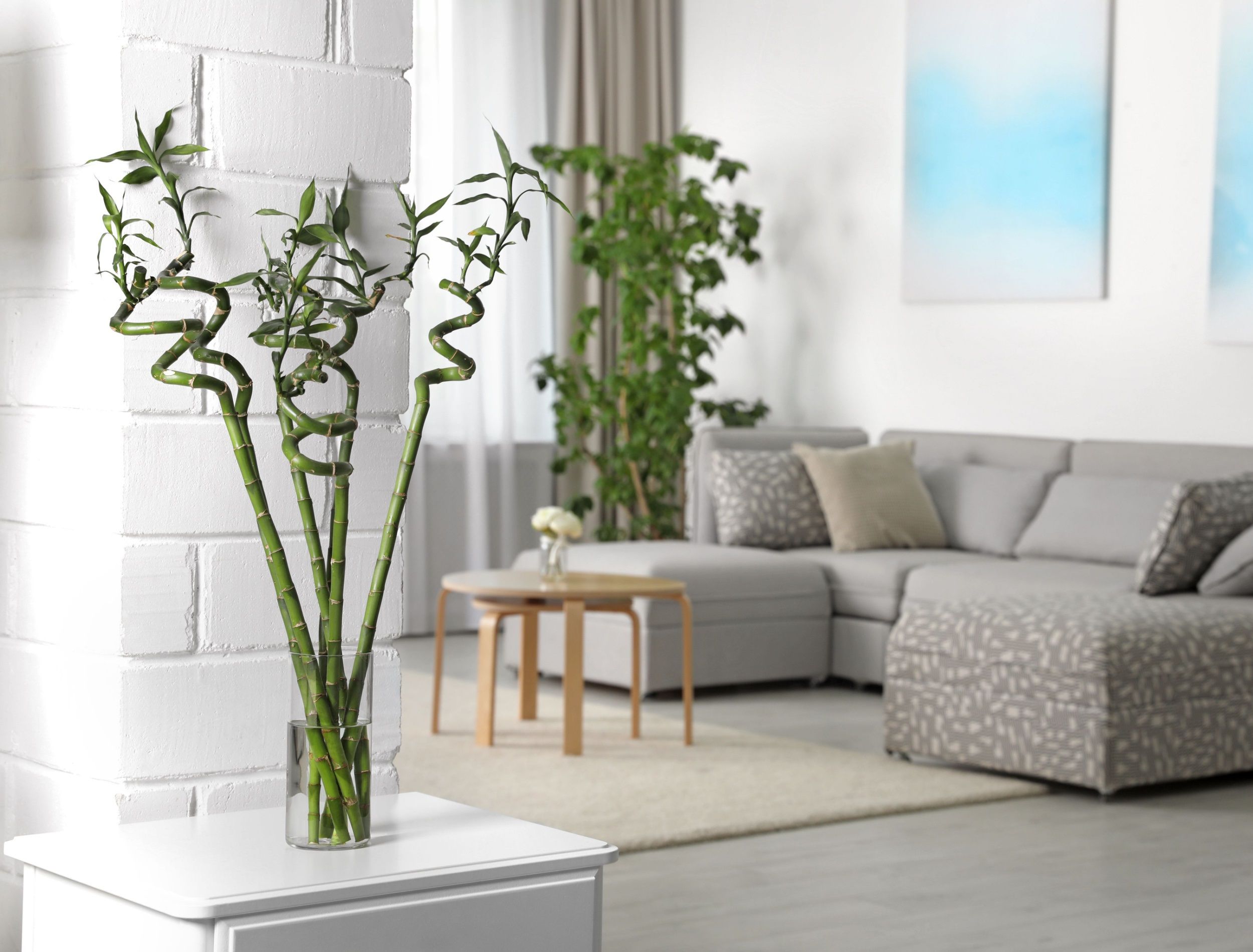Want to get your green thumb going but don't have access to soil? Don't worry, you can still enjoy the pleasures of growing plants! With a bit of dedication and some knowledge, you can cultivate plants without soil in your home.
Whether you're looking for a gardening alternative or just don't have access to a yard or traditional growing mediums, there are many plants you can grow without dirt.
From air plants and orchids to hydroponic setups, the possibilities for non-traditional growing methods are vast. Discover which soil-less plants work wonders in your home!
Air Plants
Image credits: DimaBerlin via Shutterstock
Air plants, or tillandsias, are a type of plant that easily brings life into a living space without the need for soil. These versatile plants have become very popular in recent years because of their ability to grow without traditional gardening and thrive in warm, humid climates.
The beauty of air plants is that they do not require soil to survive. Instead, most air plants are epiphytes. This means they use other plants for support rather than growing in the ground. They may have small roots, but these serve mostly as anchors.
Air plants draw in moisture and nutrients they need from the air itself through their specialized leaves. This makes them ideal for those who don't have access to a lot of soil or want to bring a touch of greenery into their home without the hassle of traditional gardening.
All you need to do is mist them with a spray bottle filled with water once a week, or dredge them in water for up to 12 hours every two weeks. Dry them well and place them in bright indirect sunlight.
Orchids
Image credits: Cyrille Redor via Shutterstock
Orchids are one of the most beautiful and unique plants in your home. Not only are they stunning to look at, but they also don't require soil to thrive! Orchids grow best when you plant them in special moss, or bark chips. The mixture holds enough moisture for the roots to absorb nutrients.
The care required is minimal, so even those without a green thumb still enjoy the beauty of orchids. All they need is bright, indirect sunlight and occasional room temperature watering. Also, add a balanced fertilizer such as 20-20-20 once per month to give your plant an extra boost!
Tomatoes
Image credits: VPales via Shutterstock
Growing tomatoes hydroponically is a fun and rewarding experience. While it requires some extra effort, the result of juicy, homemade tomatoes is worth it. With hydroponic growing, you grow your plants without the need of soil. This way you won't have to worry about soil-borne diseases or pests that damage your plants. You also reduce water usage since hydroponic systems use much less water than traditional gardening methods.
If you've decided to grow tomatoes hydroponically, you need to choose the right system for your space and needs. Depending on the type of system you select, you may need to purchase special equipment such as an air pump or a nutrient reservoir tank. Also consider how many tomato plants you plan on growing, as well as where in the house you will place the system.
Once you have set up your hydroponic system, it's time to start growing. Tomatoes require a lot of light and nutrients to thrive, so make sure your plants get plenty of both throughout their growth cycle.
Cucumbers
Image credits: Pirunpon via Shutterstock
Growing cucumbers hydroponically is the ultimate way to enjoy fresh and flavorful cukes all year round. Hydroponics offers a more controlled environment for growing crops, allowing you to dictate nutrient intake, temperature, and other factors for healthier, better-tasting produce. Plus, you don't need soil or much space to grow your crop indoors -- perfect for urban gardeners!
First off, choose a nutrient solution specifically formulated for cucumber growth. You'll find plenty of specialized products on the market that provide optimal nutrition while keeping your plants healthy and thriving. For the best results, follow the instructions on the packaging carefully when mixing the solution.
You'll want to use either seedlings or starter seeds, depending on how soon you'd like to harvest your crop. Plant them into individual growing pots and place each pot into the hydroponic container. Now you're ready to start growing!
Philodendron
Image credits: AngieYeoh via Shutterstock
Philodendron is a great choice for those looking to grow plants without soil. And its low maintenance nature makes it the perfect plant for beginners.
To get started growing the philodendron in water, let the water sit overnight so that the chlorine dissipates. Dump and change the water every three days and after 10 days, you should start to see stems forming roots. Place your philodendron in a bright location but avoid direct sunlight as this could damage it.
As long as you change the water regularly your philodendron should stay happy in a vase or repurposed mason jar.
Lucky Bamboo
Image credits: New Africa via Shutterstock
Lucky Bamboo is an ornamental plant that has been part of Chinese culture for centuries. It symbolizes good luck in the home and provides a unique way to bring positive energy into your house. Luckily it grows without soil and just needs a container, some water, and pebbles if you'd like.
To get started with lucky bamboo, fill a shallow container with clean pebbles. Place the stalks of the lucky bamboo in between the pebbles. Then add enough water to cover the roots. Use distilled water as tap water contains chemicals like chlorine that harms this plant. Change out the water every seven to 10 days and rinse the pebbles and container to remove any buildup of debris.
Lucky bamboo prefers bright, indirect light, so it is best to keep it away from direct sunlight. If you notice the leaves getting pale, then your plant may need more light. The ideal temperature for lucky bamboo is between 65 to 90 degrees Fahrenheit but avoid cold drafts as they damage the plant.
No Soil? No Problem!
Planting without soil is becoming a popular choice for many gardeners, but it doesn't have to be all or nothing. Gardeners can still combine these different methods and mix in traditional soil-based plants as well. There are so many creative ways to spice up your outdoor space, whether you choose one of the methods mentioned here or go in an entirely different direction. Every garden should reflect the personality of those who tend to it, and the possibilities are truly endless!
When planning your garden this season, consider these six amazing types of plants that thrive without soil -- you won't regret trying something new. Now, get out there and enjoy watching your outdoor oasis grow and blossom! And don't forget to leave a comment below and share with your family and friends!

